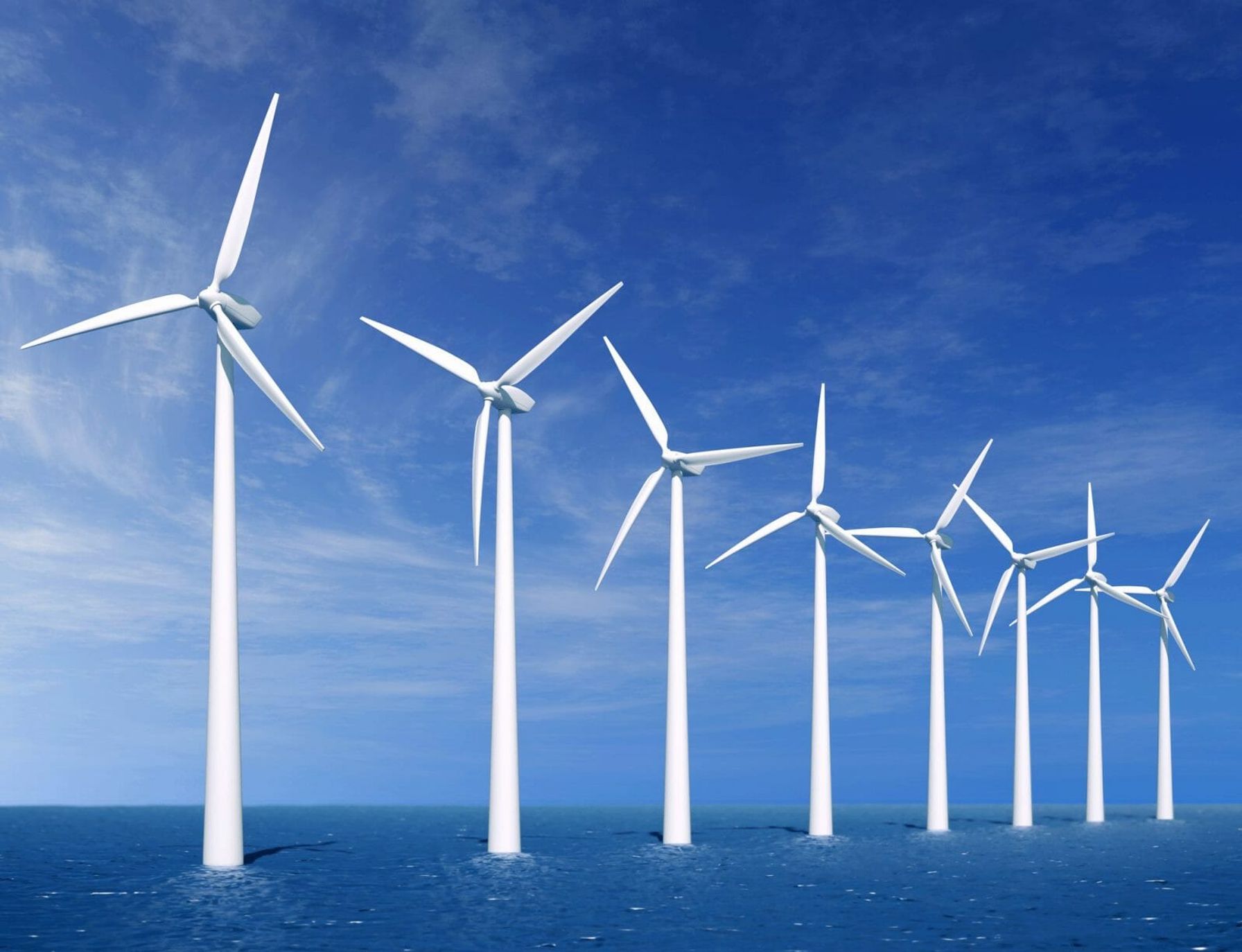
The offshore wind industry in the United States is expected to see considerable growth over the next 10 years due to the US rejoining the Paris Climate Accord, through the Biden administration, and ambitious carbon neutral goals set by individual states in the northeast and mid-Atlantic. The Paris Climate Accord is an international agreement signed by most countries to address climate change aims to substantially reduce global greenhouse gas emissions. More recently, the Biden administration conducted a Climate Summit, and set a goal of 50% reduction of CO2 emissions in the US by 2030.
Among all low-carbon technology options, accelerated deployment of wind power across the globe when coupled with deep electrification can contribute to more than one-quarter of the total emissions reductions needed (nearly 6.3 gigatons) of carbon dioxide (Gt CO₂) annually in 2050 to meet the Paris Climate Goals (IRENA, 2020).
Integrated and Coordinated National Supply Chain
To contribute to this initiative, the United States will require an integrated and coordinated national supply chain and logistical network approach to transport, store, and deliver the materials, manpower, and equipment necessary to support the construction of offshore wind turbines, particularly around the key ports and coastal communities on the Northeast and Mid-Atlantic regions. This will also entail the need to obtain applicable permits and conduct any required ecological habitat impact studies to support the permitting process.
Constructing Offshore Wind Power
The Northeast and Mid-Atlantic States, as part of their individual goals to become carbon neutral, have plans to construct more than 10.7 Gigawatt’s (GW) of offshore wind power. Over the next decade, these same states have committed to construct almost 30 GW of offshore wind power. These ambitious goals translate to over 3,000 wind turbine generators, each weighing approximately 600 tons. In addition, each wind turbine generator includes substantial foundation infrastructure including monopile, jacket, and gravity-based technologies that can weigh over 4,000 tons for each wind turbine generator and are almost entirely made of steel. This will require significant manufacturing, assembling, and staging facilities be readily available on the east coast, and road and water transport vehicles, barges, and ships to deliver, construct, and maintain the equipment.
Logistical Obstacles
American manufacturers are constrained by logistical obstacles that include difficulty transporting longer wind blades, highway underpass heights, and the availability of cranes capable of lifting and installing wind turbine components.
While it is unlikely that steel manufacturing will return to the U.S. in a capacity to meet the high demand presented by the offshore wind industry in the coming years, project construction and O&M activities will require warehousing and lay-down spaces for staging and assembly of the wind turbine generator blades, mechanical components, foundations, and associated cabling materials. In addition, further complicating the construction process is the Jones Act, Section 27 of the Merchant Marine Act of 1920 that regulates maritime commerce in US waters requiring all goods transported by water between US ports be carried on US ships, constructed in the US, owned by US citizens, and crewed by US citizens and permanent residents. To date, the U.S. has not manufactured vessels, lift barges and ships necessary to construct, operate, and maintain offshore wind turbines and platforms, but that will also need to change, and very soon!
In summary, the key to the Northeast and Mid-Atlantic states meeting their offshore wind goals is inextricably linked to close and easy access to the materials and parts needed for construction and operations and maintenance. Without significant supply chain, logistical, warehousing and lay-down areas, and re-purposing of the manufacturing, staging and assembly of the components of wind turbines (blades, foundations, platforms, etc.), the reliance on offshore wind to meet carbon neutral goals will be difficult to meet.

